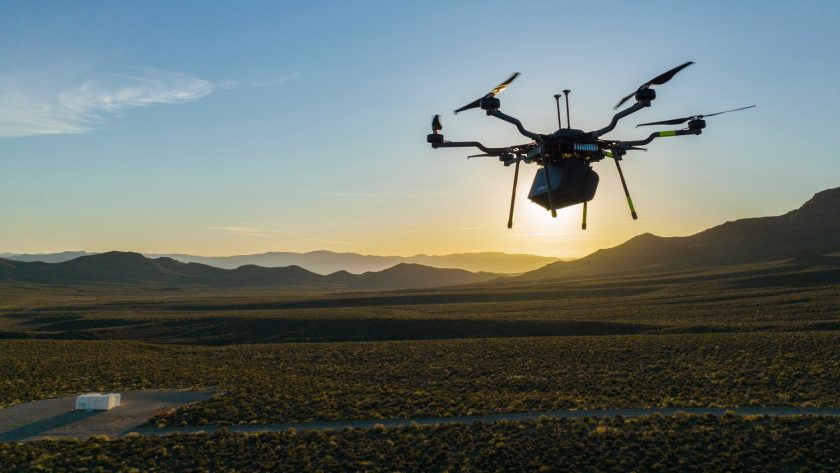The US Office of Naval Research (ONR) has made a USD8.16 million grant to Epirus and the University of Oklahoma Advanced Radar Research Center (ARRC – the largest academic radar origramme in the USA) to stage a joint effort to maximise the output power of phased array radars, the company announced on 25 September.
Aimed at enhancing operational range by exploiting AI and digital twin best practices, the three-year programme could dramatically enhance output power for all solid-state digital arrays. ARRC researchers, led by Dr Mark Yeary, will seek to find methods of overcoming range limitations to counter the growing UAS threat, which will in turn enhance the development of directed energy solutions for US DoD C-UAS efforts.
The grant exploits an existing relationship between Epirus and ARRC and underscores their joint commitment to creating a worldwide centre of excellence in RF technologies. “Our shared approach to innovative AI modelling and optimisation of RF systems will drive development of novel technology solutions for DoD and other customer sets,” said Epirus CTO Dan Kultran. It will also “[…] lead to measurement systems located on OU’s campus that will greatly enhance the state’s capabilities to innovate and quickly respond to opportunities to advance military readiness and warfighting capabilities,” according to Robert Palmer, ARRC Executive Director.
The comprehensive scope of the project includes measuring and characterising high-power amplifiers tailored for both radar and microwave applications, aimed at achieving higher output power to extend the operational ranges of these crucial systems.
For more information: www.epirusinc.com and www.arrc.ou.edu
(Image: Innovative solutions from Epirus already include pod-mounted counter-electronics systems small and agile enough to be mounted on a wide variety of airborne platforms. Credit: Epirus, Inc.)




